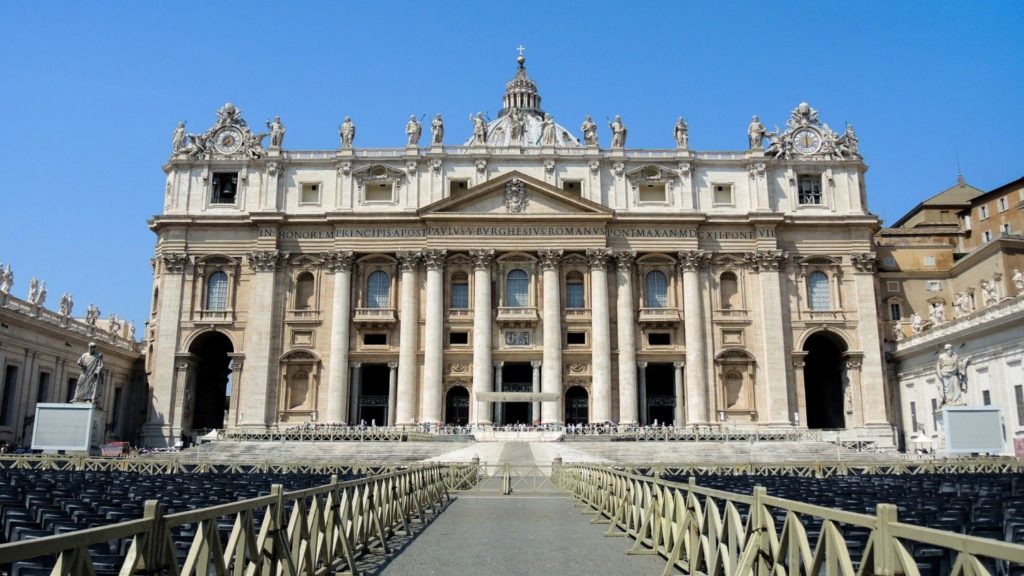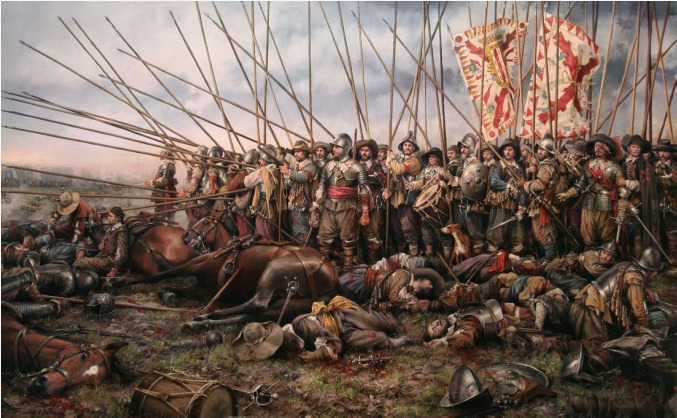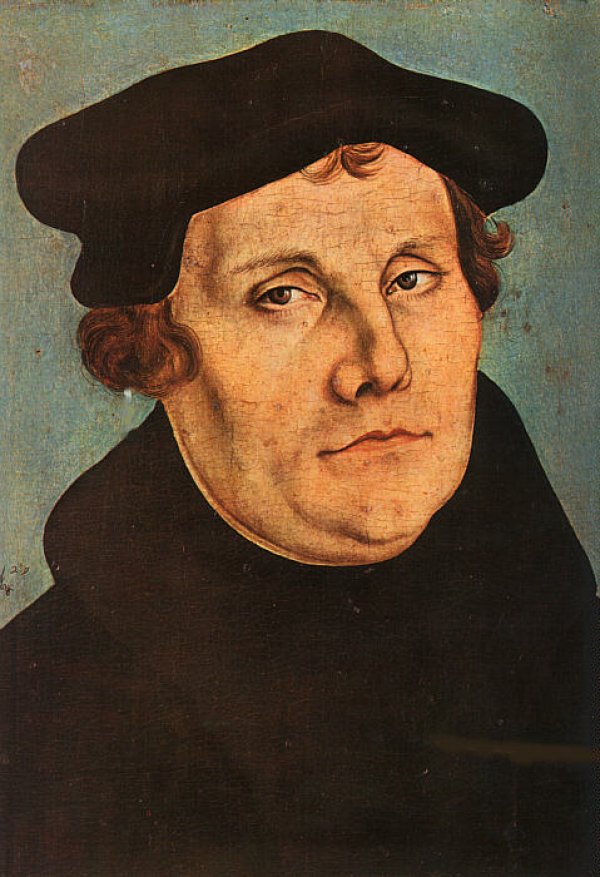The Gathering Storm: The Forces Roiling the World of Anne Boleyn
By
Howard Bloom
[Chapter 34 in Howard Bloom’s upcoming 2023 book The Case of the Sexual Cosmos: Everything You Know About Nature Is Wrong.]
What was the role of sex in the romance of Anne Boleyn and Henry VIIIth? Did their courtship do what Pierre Louis de Maupertuis decrees—finding the shortest distance between two points? Or did it do something far more ambitious? Did it create the longest distance between two points? Did it harness the hurricanes of history? Or, to put it differently, is the story of Anne and Henry simple and thrifty or expensive and complex? You be the judge.

When Anne Boleyn was sixteen, Europe was in turmoil. Religious turmoil. A church run in Rome had held Europe in a headlock since 323 ad, when the Roman Emperor Constantine had converted to Christianity. Romans who believed in Jupiter, Juno, and Mars had called the head of their pagan College of Priests the “Pontifex Maximus.” The newly-Christian emperor took that pagan title for himself, thus declaring himself head of the Christian religion. Over 1,200 years later, when the Renaissance sparked a fascination with ancient Roman history, popes would resurrect that pagan title—Pontifex Maximus–and give it to themselves. And they would give themselves the power the title implied. The power over an earthly empire.
Then a whole “new world” with two entirely unknown continents was discovered by Europeans in the 1490s. Suddenly, the Catholic Church not only had a grip on all of Europe, but was eager to go global.
Nineteen years after the first voyage of Christopher Columbus, a 28-year-old monk from the tiny copper and silver mining town of Mansfeld in Germany headed to Rome to get his first glimpse of the control center of his religion. At that moment, the church whose bureaucratic system he was entering seemed anxious to demonstrate its position as the number one connection with God on the planet. One reason the church may have wanted to make a statement: the rapidly expanding empire of the Turks was threatening to invade and run Christendom off the map. ,
The church had chosen a tool to tattoo its grandeur into human minds: A spectacle of materialism, consumerism, waste and vain display beyond what humans had ever seen. A project so expensive and so elaborate that it would take a hundred years and five generations of architects to complete. Among those architects would be Michelangelo. The megaproject would be St. Peters Basilica.
One goal may have been to outshine any other religious complex of its kind, whether that competitor be Istanbul’s Hagia Sophia mosque in the capital of the Islamic empire, the Huēyi Teōcalli temple in the heart of Aztec Mexico, or the Temple Of Heaven in Beijing. In 1505, Pope Julius had the plans, but he needed the money. Fortunately for him, the church had invented a money-raiser par excellence a thousand years earlier.
The church held the keys to your afterlife, to your endless residence after death in the sunlit clouds of heaven or in the flame-flicked torture chambers of hell. Why not cash in on the fear of hell and its waiting room, purgatory? Why not sell certificates that would reduce your time in the torments of the afterlife’s nether rooms? Certificates with which the church and the pope guaranteed to get you time off? In exchange for a contribution. A contribution that would go to pay for Pope Julius’ wild wallow in architectural extravagance? His wild splurge in materialism, consumerism, waste, and vain display.

The funding certificates were called indulgences. And Pope Julius invented a new indulgence to rake in the loot. Priests like Johann Tetzel, Grand Commissioner for indulgences in Germany, would become “hawkers” for these afterlife-alleviation certificates. And these certificates disturbed the monk from Mansfeld. One line in particular bothered him. As Hayley Nolan puts it in her book Anne Boleyn, 500 years of Lies, the monk was horrified when the super-salesman of the new certificates, Tetzel, preached that the indulgences he was selling were so powerful they could even get “a sinner who had violated the Virgin Mary” out of hell’s barbecue pit. Yes, you could rape or seduce the Virgin Mary herself and this mega-indulgence would pay off your time in hell. It would set you free from having your earlobes set aflame and your derriere sautéed in a cast-iron frying pan.
But the monk visiting Rome for the first time would eventually declare that “indulgences are nothing but knavery and fraud.”
So in standard histories, it is said that Martin Luther wrote 95 theses objecting to what he saw as corrupt church practices and pinned them to the door of the cathedral in the German town of Wittenberg. Hayley Nolan writes that Luther was actually less dramatic. “He sent” his theses “to the Bishop of Mainz for approval,” she explains. “And he accompanied his theses with a very polite letter.” One way or the other, Martin Luther’s 95 theses went viral.
Printing was a new technology. Christopher Columbus, an arch pamphleteer, had come back to Europe from Cuba and Santa Domingo just twenty four years earlier, in 1493, and had promptly shown how you could change the way Europeans saw their world with printed fliers about his discoveries. Twenty four years later, the printers of pamphlets saw the glimmer of a profit in Martin Luther’s complaints and spread them with wild abandon. Luther’s criticisms became the talk of Europe nearly overnight. And his protests against the church helped change Europe’s future.

Why? Rulers had battled with the church for more than four hundred years over the control of their kingdoms’ bureaucrats. A long series of popes had insisted on appointing all of the bishops and abbots under a king, thus leaving you, a ruler, stuck with a team of church officials who owed their loyalty to the pope, not to you. And those officials were the most literate men in your kingdom. They were the backbone of the team with which you ran the place.
Kings like the Holy Roman Henry IV objected. But the Pope always won out in the end.
But what if the grievances of Martin Luther, the furious monk, were on point? What if they communicated the will of God more accurately than a college of cardinals and a Pope? You, a monarch, could adopt Lutheranism, shake off the shackles of the Vatican, and appoint your own church bureaucrats.
So prince after prince rebelled against the church and adopted the religion of protest, Protestantism. They adopted Lutheranism. The result would be 173 years of war between the rebelling rulers and the potentates who held steadfast to the papacy. Yes, the result would be 173 years of war between the Protestants and the Catholics.
Henry and Anne’s romance would enter the scene just as these wars were getting started. And just before the battle for hearts and minds of kings and princes was about to reach full boil. In fact, Henry and Anne’s sexual interest in each other would arrive just as the winds of mass behavior were gathering to create a hurricane of history.
References:
Martin Luther, 95 Theses, https://www.luther.de/en/95thesen.html
Martin Luther, Luther’s Correspondence and Other Contemporary Letters: 1521-1530, Lutheran Publication Society, 1918.
Donald K. McKim, The Cambridge Companion to Martin Luther, Cambridge University Press, 2003.
Anne Boleyn: 500 Years of Lies, Hayley Nolan, Amazon Publishing, 2019.
Catherine Nixey, The Darkening Age: The Christian Destruction of the Classical World, Houghton Mifflin Harcourt, 2018..
Dante’s Purgatory, Dante Alighieri, Dante (Alighieri), Indiana University Press, 1981.
Von Valentin Gröne, John Tetzel, Dublin Review, July-October, 1867, p. 38-42.
Uta-Renate Blumenthal, The Investiture Controversy: Church and Monarchy from the Ninth to the Twelfth Century, University of Pennsylvania Press, 2010.










